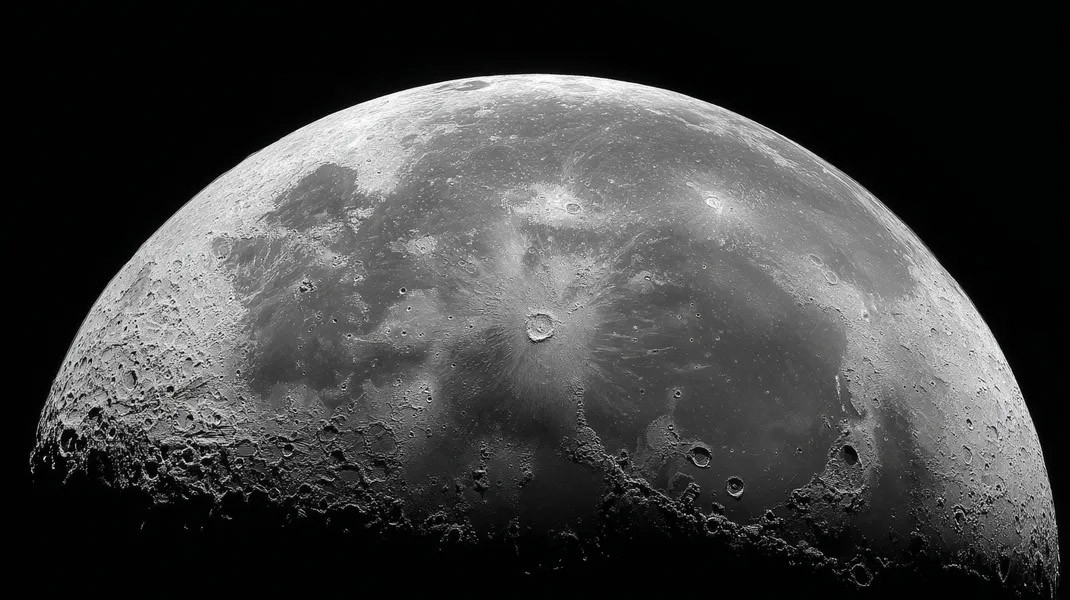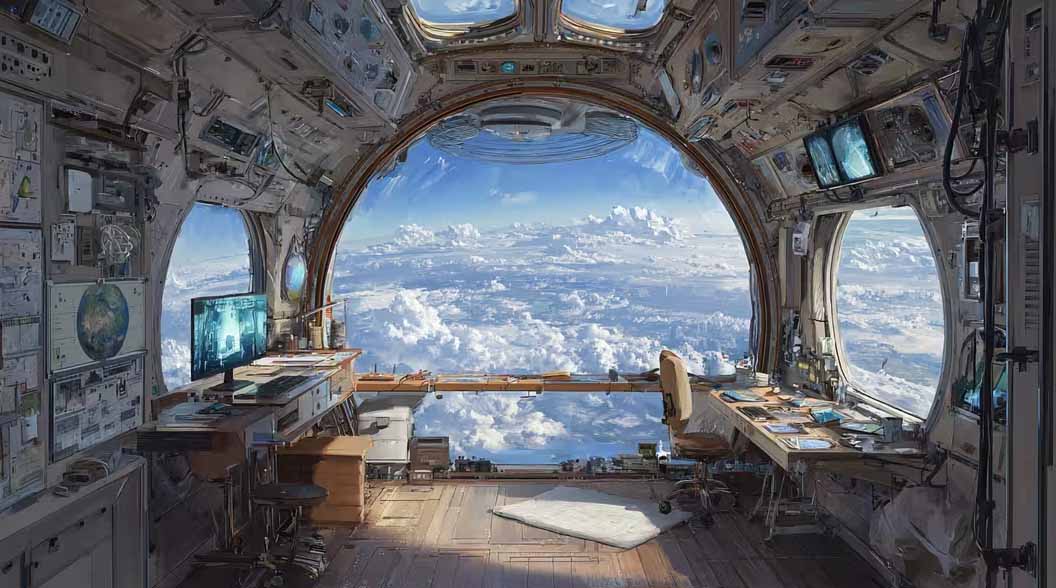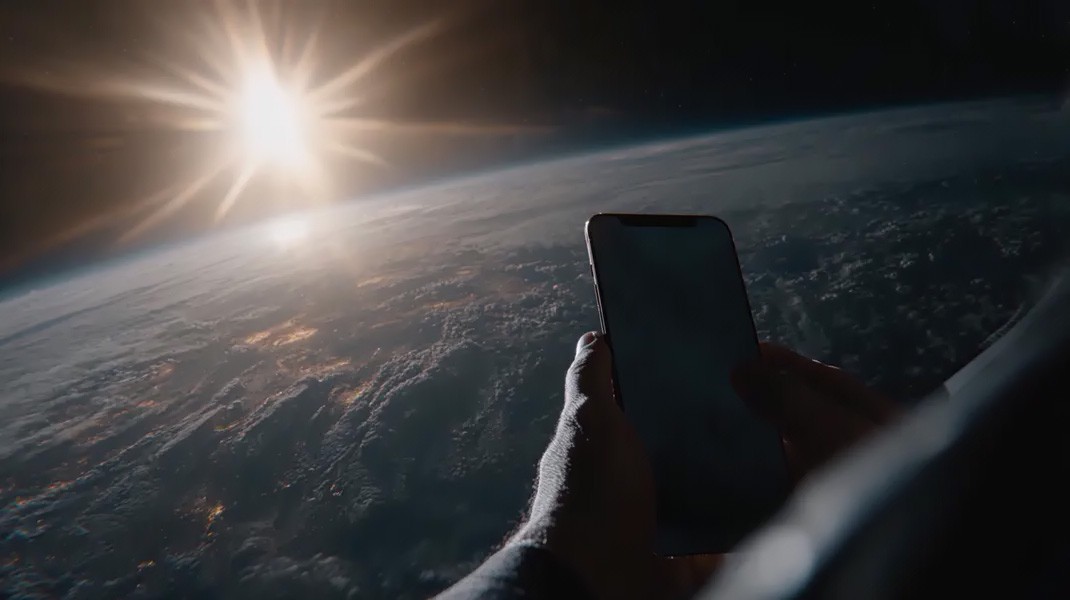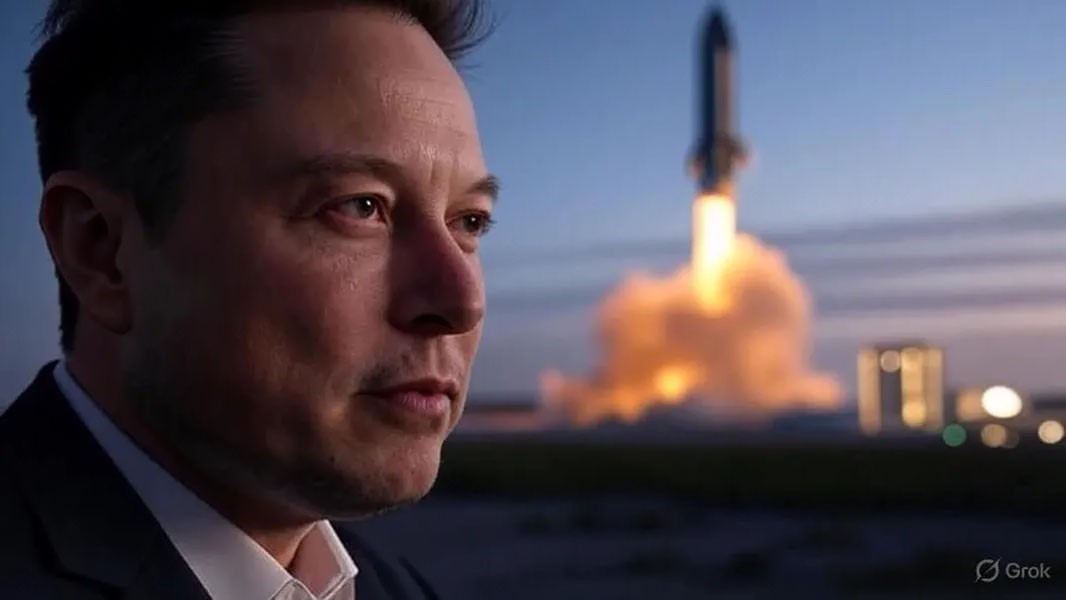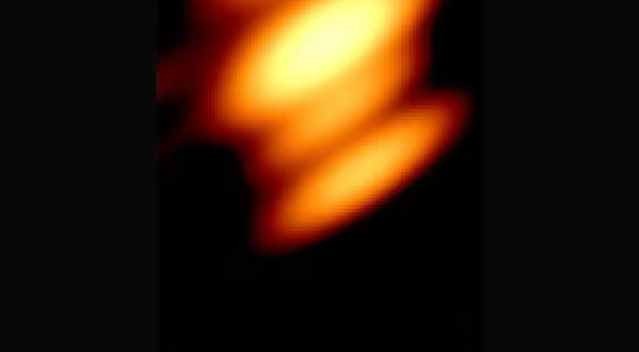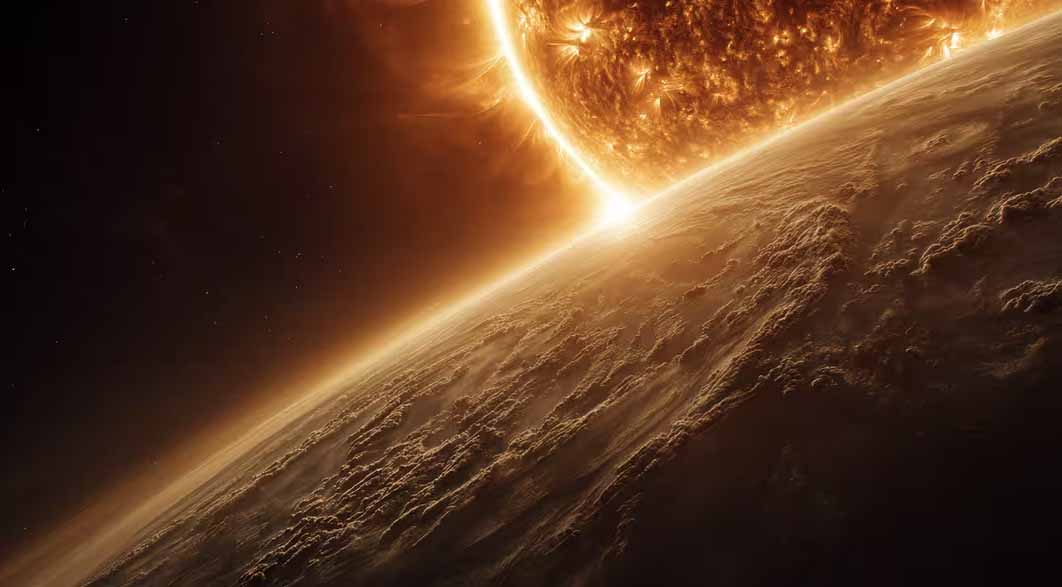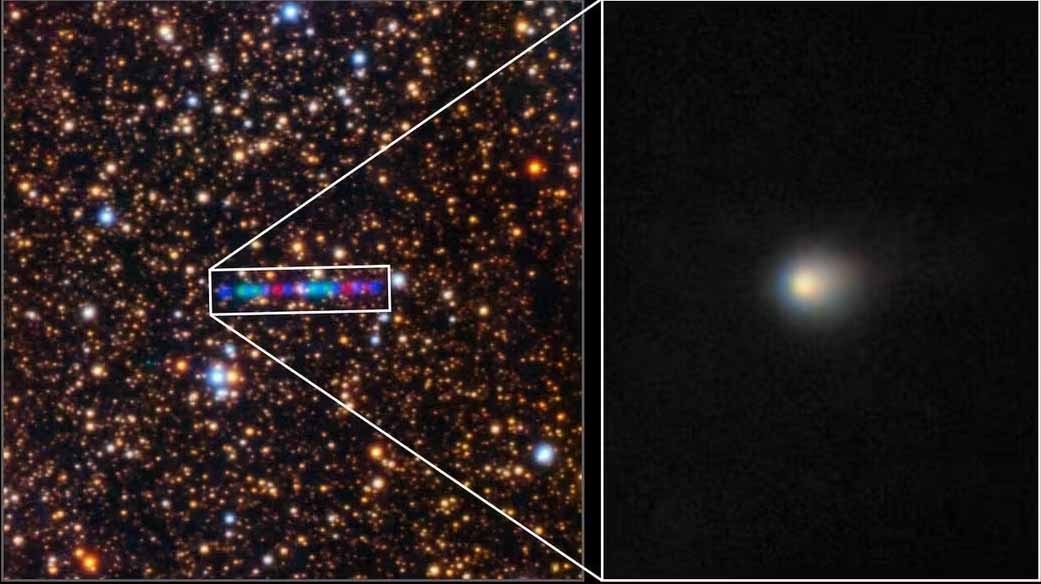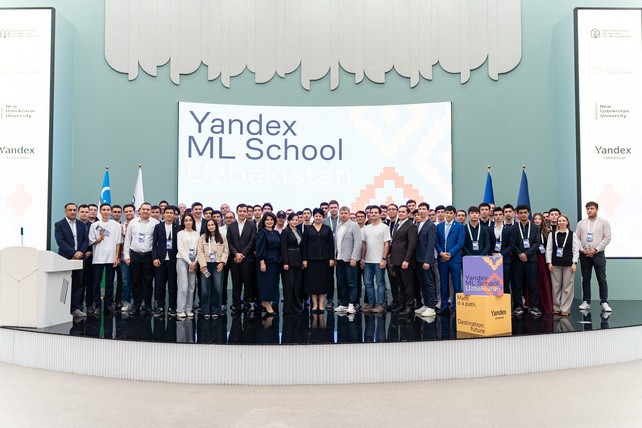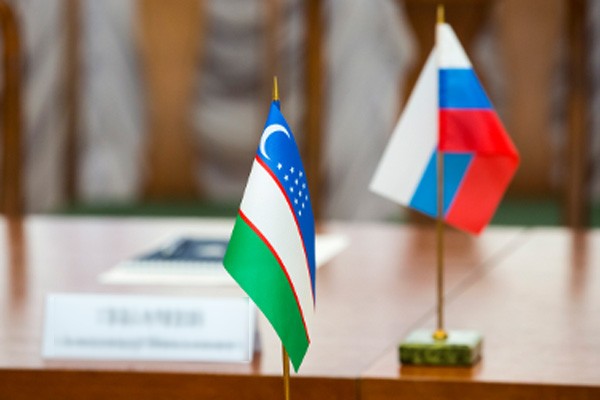Washington-The draft US federal budget for fiscal year 2026 proposes to finance the National Aeronautics and Space Administration (NASA) in the amount of $ 24.838 billion. This figure is almost identical to the level of 2025 ($24.875 billion), but significantly exceeds the modest request submitted in May by the executive branch — $ 18.8 billion.
The main change in the new budget is a shift in emphasis towards manned missions, in particular the lunar program Artemis. It and related areas are allocated $ 9.7 billion, which is $ 2 billion more than in 2025 and $ 1.4 billion higher than the amount proposed by the White House.
This reorientation in the allocation of funds is due to a noticeable decrease in the share of scientific missions, which in 2026 are planned to allocate only $ 6 billion-against $ 7.3 billion in the previous period. At the same time, this is still higher than the extreme reduction to $ 3.9 billion provided for in the presidential draft budget.
Other cuts include the space Technology development program ($913 million versus $ 1.1 billion in 2025) and aeronautics ($775 million versus $ 935 million previously). At the same time, funding for the operation of the International Space Station (ISS) and support for commercial space platforms will remain stable at $ 4.15 billion.
One of the most notable steps in this project is the complete elimination of the STEM Engagement direction, which in 2025 received $ 143 million and was aimed at popularizing science among schoolchildren and students. However, the key components of this initiative, such as the following programs: Space Grant ($58 million) and EPSCoR ($26 million), will be transferred to another section of the budget related to operation and safety.
Financial details of the distribution of funds within the program Artemis they remain undisclosed for now. They are expected to be published in a supplementary report in the coming weeks.
It is noteworthy that the chairman of the relevant subcommittee of the House of Representatives, Hal Rogers, directly linked the budget structure to international competition in space. Rogers said in a statement: "This level of funding is necessary to maintain the leadership of the United States against the backdrop of China's growing activity in space exploration."
Meanwhile, an alternative version of the Senate budget, which is temporarily blocked due to debates about funding for other departments, suggests higher allocations for scientific programs — in the amount of $ 7.3 billion. However, the official text of the bill and the accompanying report have not yet been made public.
Increase in program funding Artemis It reflects the strategic desire of the United States to consolidate its technological superiority in the exploration of the Moon and deep space. In the face of increased activity from China, including successful moon landings and the launch of a national orbital station, the US Congress sees a priority in the accelerated implementation of manned missions.
At the same time, cuts in scientific and educational programs may affect basic science, as well as the future human resources potential of NASA, which causes concern in academic circles.
For international partners, including Central Asian countries, including Uzbekistan, such budget restructuring may signal a change in the US approach to space cooperation. Focusing on manned missions and commercial projects increases the role of the private sector, creating opportunities for outsourcing, technology partnerships, and educational exchanges.

